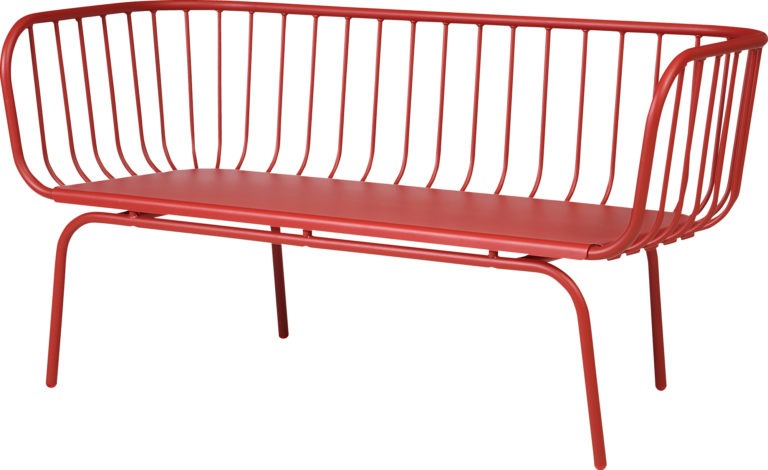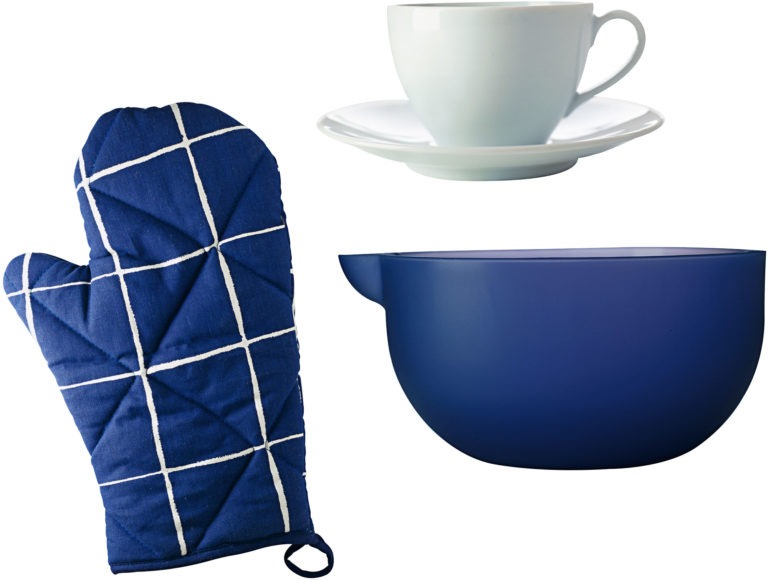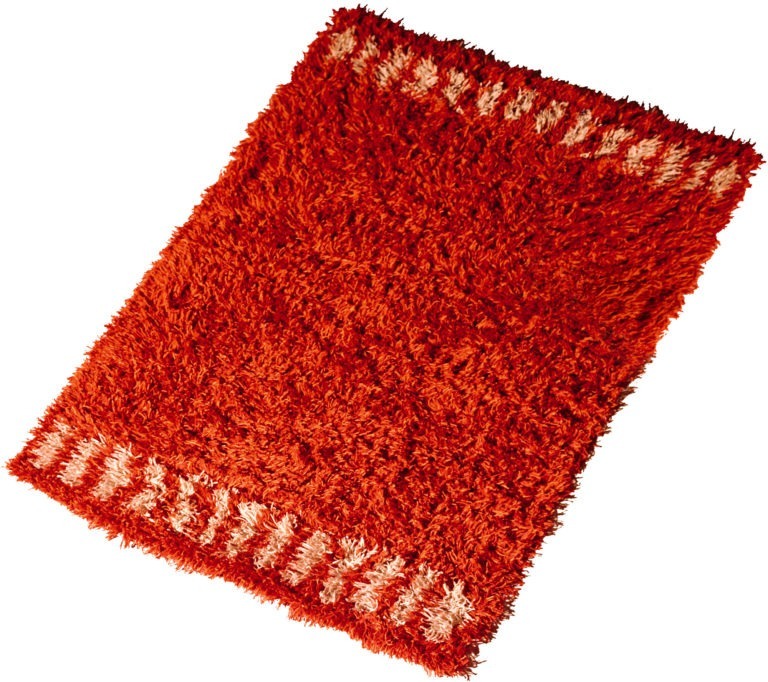The idea of working with Danish designers was born in the early 1950s, when traditional furniture retailers in Sweden urged furniture factories to boycott IKEA, whose low prices were seen as a threat. Otherwise the retailers would stop buying from companies that supplied IKEA.
The boycott created a lot of problems for IKEA, but it also forced the brand to innovate. It was then that Ingvar Kamprad turned to Denmark, a furniture nation. He visited furniture fairs there and made contacts with suppliers. One of the products he found was ESBJERG.
When ESBJERG was launched in the 1957 IKEA catalogue, Thomas Harlev was described as one of a group of Danish architects who could not only design exclusive pieces, but also think economically. “Where architect Harlev has succeeded so well is in combining function with beauty, at an affordable price,” as the text stated.
ESBJERG appeared in the IKEA catalogue until the 1964 edition, but was resurrected in the late 2010s as EKENÄSET – described as a piece of furniture that conveyed a stylish retro vibe, inspired by 1950s Scandinavian design.




















